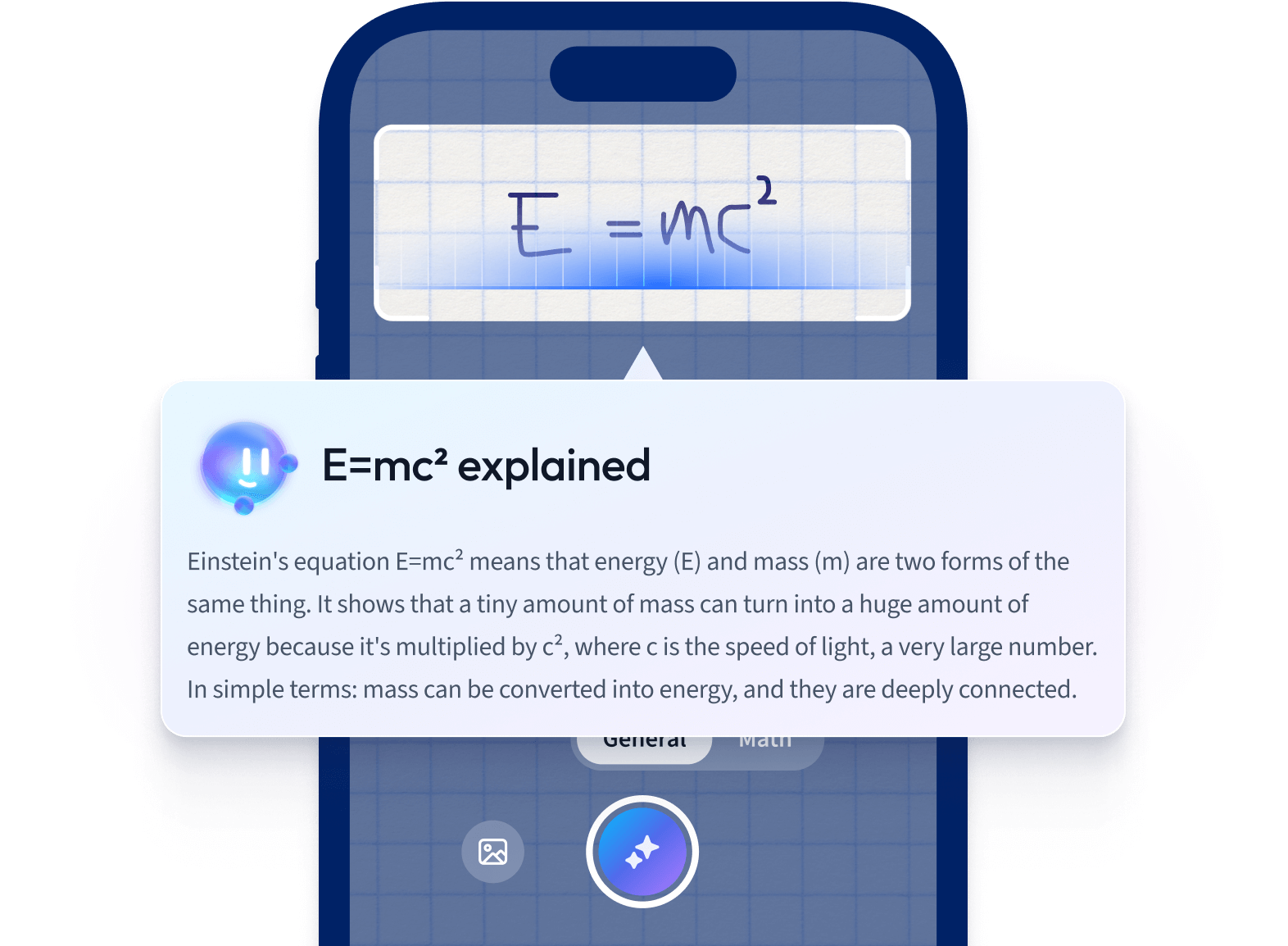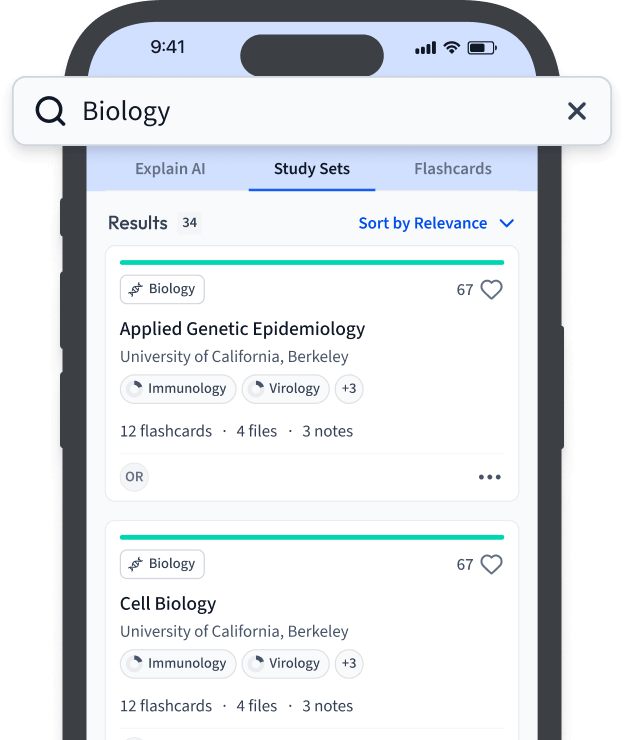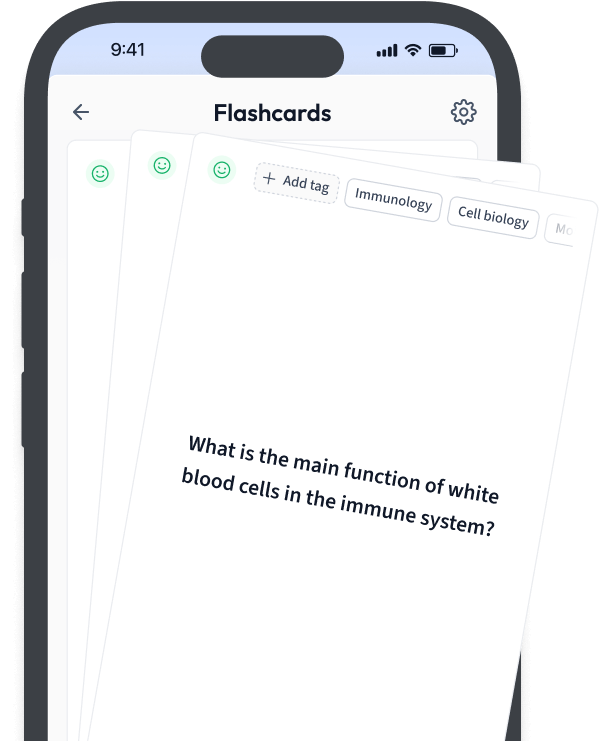Fig. 1: Atoms are so tiny that it is difficult to measure them using a device!
Scientists needed a more effective way to measure the mass of an atom. They decided to use the mass of a carbon-12 atom as the basis to measure the masses of all other atoms. They define the relative atomic mass of the carbon-12 atom as 12 and work everything out from there. This is known as the carbon-12 standard.
When we say relative mass we mean the mass of an atom or molecule compared to that of
of a carbon-12 atom.
- In this article, we will learn about relative masses.
- First, we will discuss the carbon-12 standard.
- We will then use it to calculate relative atomic mass (Ar) and relative formula mass (Mr).
- We will also learn why we use a weighted average of masses.
What is relative isotopic mass?
In nature, two of the same atoms can exist but have a different number of neutrons.
When an atom of the same element has a different number of neutrons, it is called an isotope.
The mass of an atom of an isotope compared to
of the mass of carbon-12 is called
relative isotopic mass.
To calculate the relative isotopic mass (
) scientists use this formula:
=
Scientists measure the mass of an atom of an isotope by comparing it to one unified atomic mass unit or 1u. 1u equals
of the mass of a carbon-12 atom.
Note: You won’t use this formula in your exam but it’s good to know!
What is relative atomic mass?
Relative atomic mass (RAM or ) is the weighted average of the masses of an element's isotopes compared to
of the mass of a carbon-12 atom.
All elements have isotopes, but some isotopes are more abundant than others. On a periodic table, the number we see for an atom's relative atomic mass is an average of the masses of the isotopes of an element. This average includes a percentage of how often an isotope occurs in nature. This is called the percentage abundance.
Chlorine has two isotopes: chlorine-35 and chlorine-37. One-quarter of the chlorine found in nature is chlorine-37, and three-quarters are chlorine-35.
You can calculate the relative atomic mass using this formula:
Ar = sum of isotope mass x isotope abundance / 100
So the relative atomic mass for chlorine would be:
= (35 × 75) + (37 × 25) ÷ 100
= (2,625 + 925) ÷ 100 = 35.5
Fig. 2: On the periodic table, the relative atomic mass number is the weighted average of all the masses of the isotopes of an element. When we say 'weighted average', we mean it takes into account the masses of all the isotopes of that element.
What is relative molecular mass?
The weighted average of the mass of a molecule relative to 112 of the mass of a carbon-12 atom is called the relative molecular mass (Mr or RMM).
We must say 'weighted average' when speaking about RMM. As an example, let's look at the molecule
.
An average sample of
molecules will have both chlorine-37 and chlorine-35 atoms. This means that the masses of the molecules will vary, like this:
12 + 1 + (3 x 35) = 118
12 + 1 + (2 x 35) + 37 = 120
12 + 1 + 35 + (2 x 37) = 122
12 + 1 + (3 x 37) = 124
So a weighted average includes how many of each (or the abundance) of these molecules we find in an average sample of a substance. We calculate the abundance of an isotope as a percentage.
Relative molecular mass refers to molecules with a fixed number of atoms joined together by covalent bonding, including noble gases. It does not include things ionically bonded together like sodium chloride (NaCl).
We can calculate Mr by adding up the relative masses of the atoms in a molecule. For example, the
(water) molecule has two hydrogen atoms and one oxygen atom. You can calculate its molecular mass like this:
Fig. 3: Hydrogen and Oxygen atomic mass.
Hydrogen atomic mass = 1
Oxygen atomic mass = 16
Mr of H2O
= (2x1) + (1x16)
= 2 + 16
= 18
has no unit because we measure masses by comparing them to the mass of carbon-12. The value we calculate is not the actual mass of an atom but a comparative measure.
What is relative formula mass?
The relative formula mass is another way to measure the mass of a compound. It uses the same symbol as relative molecular mass- Mr.
Relative formula mass () is the weighted average of the masses of a formula unit compared to
of the mass of a carbon-12 atom.
A formula unit is the empirical formula or the simplest formula of a chemical.
When calculating Mr you must use the empirical formula of the chemical.
We can use the relative formula mass to find the mass of both covalently bonded substances and ionically bonded ones.
Scientists use 'relative formula mass' instead of 'relative molecular mass' to avoid suggesting ionic compounds and ions are molecules.
What is an ion?
When an atom has more electrons or fewer electrons than protons, we call it an ion. Ions have either positive or negative charges.
An ion with more electrons than protons has a negative charge, while an ion with fewer electrons than protons has a positive charge.
Fig. 4: Sodium and chlorine ions.
Access millions of flashcards designed to help you ace your studies
Sign up for free
How do we calculate relative formula mass?
You can find the relative formula mass of a compound by adding up the relative atomic masses of the atoms it contains.
Mr of NaCl (sodium chloride)
Fig. 5: Sodium and chlorine. = 23 + 35.5
= 58.5
Relative Atomic Mass - Key takeaways
- Relative mass is the mass of an atom or molecule compared to that of 1/12 of a carbon-12 atom.
- Relative atomic mass (Ar) is the weighted average of the masses of the isotopes of an element compared to 1/12 of the mass of the carbon-12 atom.
- The formula for relative atomic mass is ∑ isotope mass x isotope abundance / 100.
- Relative molecular mass (Mr) is the weighted average of the mass of a molecule compared to 1/12 of the mass of the carbon-12 atom. You use it only when talking about covalent compounds.
- Relative formula mass (Mr) is the same as relative molecular mass. You can use it to talk about covalent compounds and ionic ones.
How we ensure our content is accurate and trustworthy?
At StudySmarter, we have created a learning platform that serves millions of students. Meet
the people who work hard to deliver fact based content as well as making sure it is verified.
Content Creation Process:
Lily Hulatt is a Digital Content Specialist with over three years of experience in content strategy and curriculum design. She gained her PhD in English Literature from Durham University in 2022, taught in Durham University’s English Studies Department, and has contributed to a number of publications. Lily specialises in English Literature, English Language, History, and Philosophy.
Get to know Lily
Content Quality Monitored by:
Gabriel Freitas is an AI Engineer with a solid experience in software development, machine learning algorithms, and generative AI, including large language models’ (LLMs) applications. Graduated in Electrical Engineering at the University of São Paulo, he is currently pursuing an MSc in Computer Engineering at the University of Campinas, specializing in machine learning topics. Gabriel has a strong background in software engineering and has worked on projects involving computer vision, embedded AI, and LLM applications.
Get to know Gabriel



















